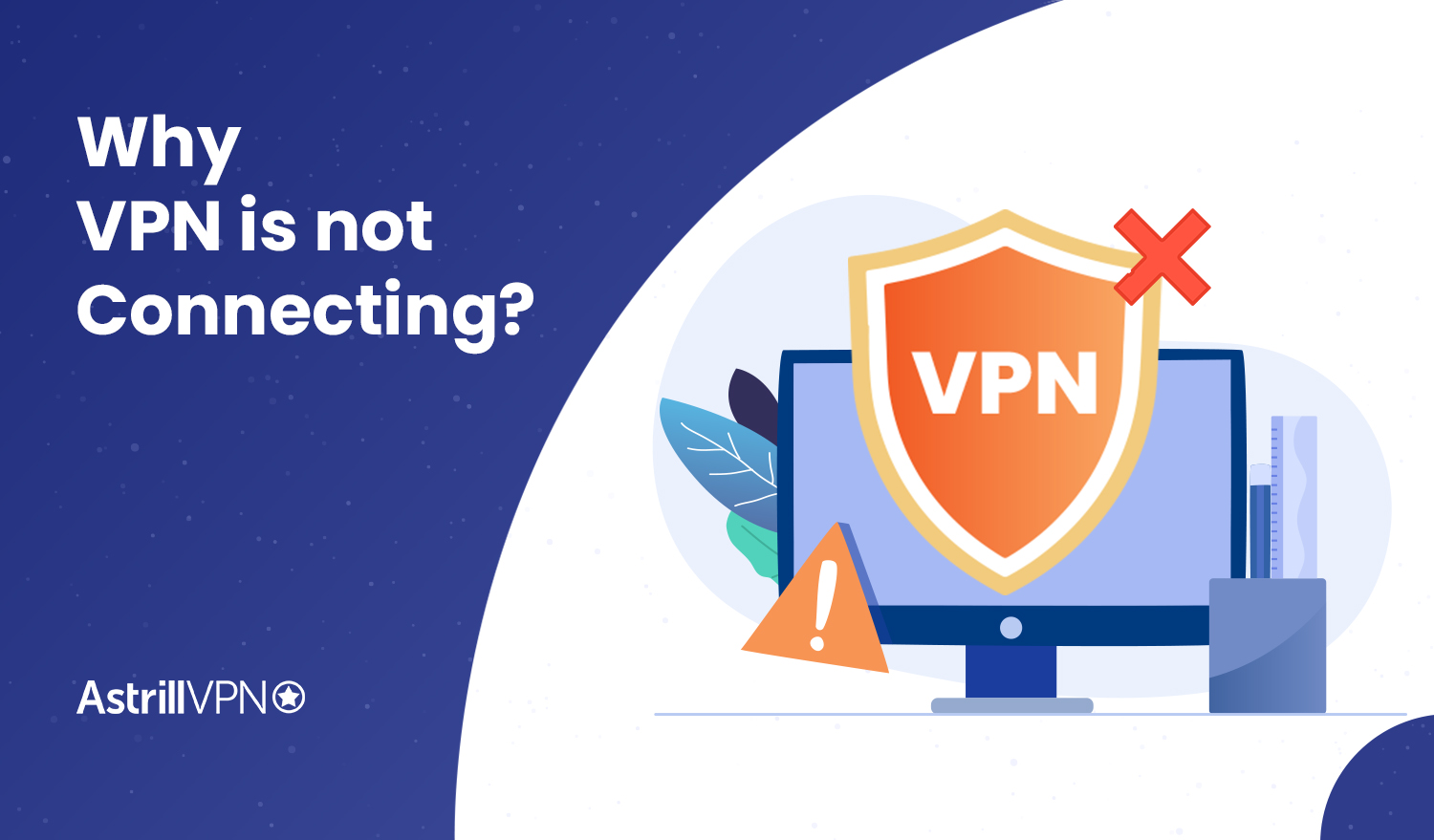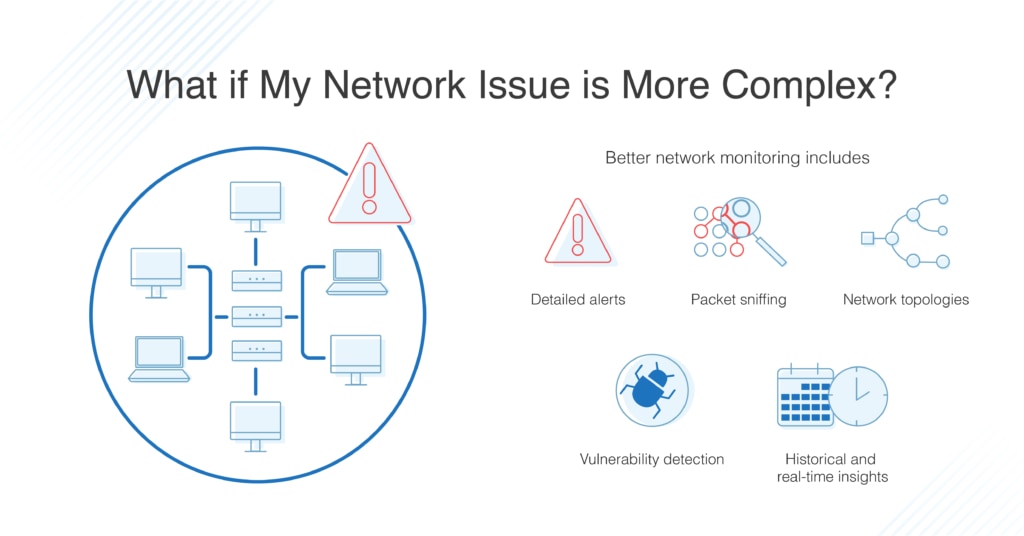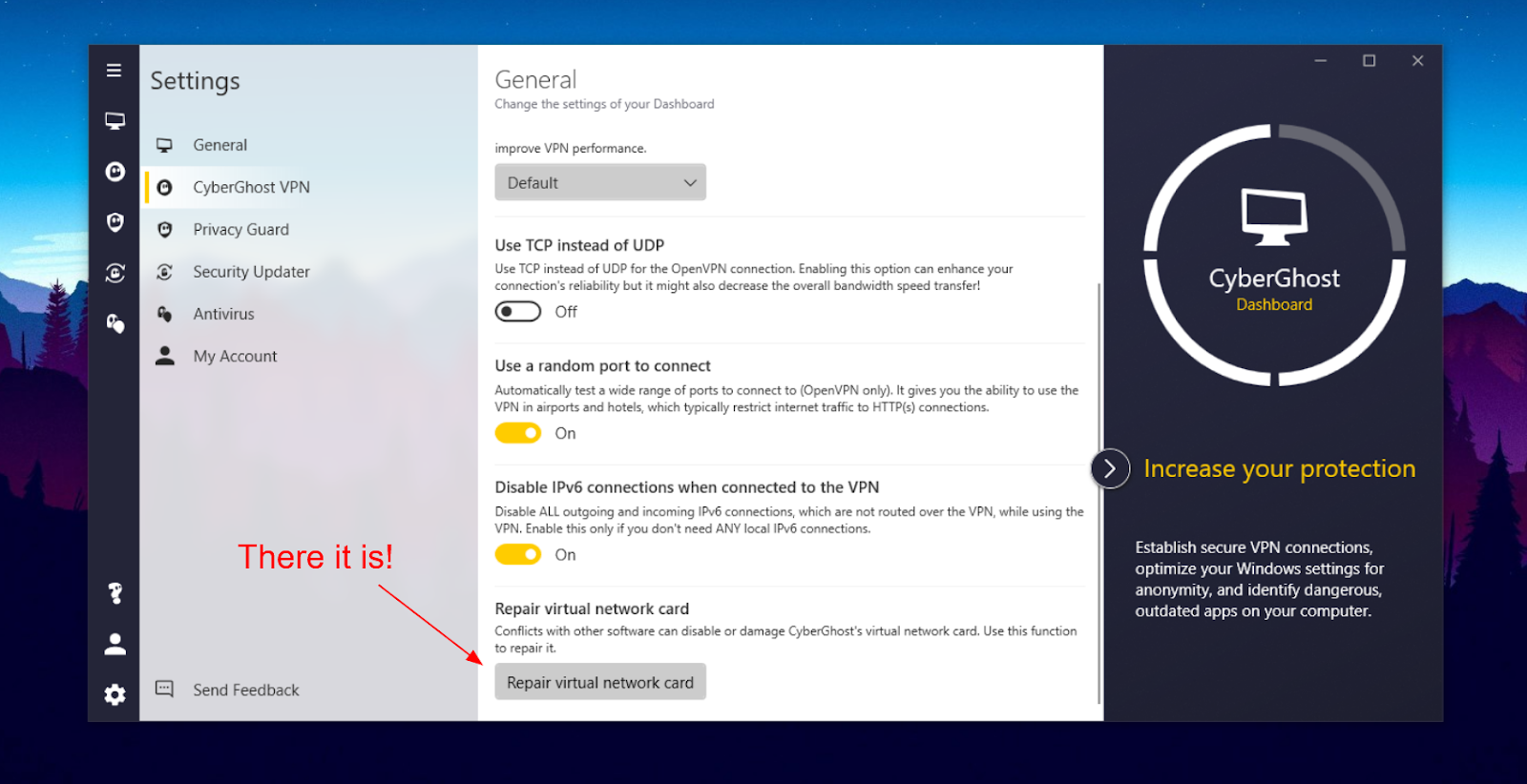Featured
Table of Contents
Chapter 8: Troubleshooting The Network Access Vpn Tunnel

The Routing and Remote Gain access to snap-in lives within the Microsoft Management Console, referred to as the MMC. There are several ways to access the MMC. You can select the console from the Start menu's Programs alternatives, within the Administrative Tools folder within Windows server's Control board or by typing mmc at a command timely.
As Tech, Republic's Brandon Vigliarolo demonstrates within his video at the start of this short article, the Solutions console shows the status of the Routing and Remote Gain access to entry. From within the Solutions console and with the Routing and Remote Gain access to entry highlighted, you can click Start the Service or right-click the entry and choose Restart.
In some cases the VPN customer and VPN server are set to using various authentication methods. Validate whether an authentication error is the issue by opening the server console. Yet another technique of accessing the MMC is to type Control+R to open a command prompt in which you can type mmc and hit Get in or click OK.
If the entry isn't present, click File, select Add/Remove Snap-in, pick the Routing and Remote Access choice from the choices and click Include, then OK. With the Routing and Remote Access snap-in added, right-click on the VPN server and click Characteristics. Review the Security tab to validate the authentication technique.
Chapter 8: Troubleshooting The Network Access Vpn Tunnel
Guarantee the VPN customer is set to the authentication approach specified within the Security tab. Usually the items just reviewed are responsible for the majority of VPN connection refusal errors.
IP addresses are another basic aspect for which administration need to be correctly set. Each Web-based VPN connection usually uses 2 various IP addresses for the VPN customer computer system. The very first IP address is the one that was designated by the client's ISP. This is the IP address that's used to develop the initial TCP/IP connection to the VPN server online.

This IP address typically possesses the very same subnet as the regional network and thus enables the client to communicate with the local network. When you established the VPN server, you must set up a DHCP server to assign addresses to customers, or you can produce a bank of IP addresses to assign to customers directly from the VPN server.


If this alternative is chosen and the efficient remote access policy is set to allow remote access, the user will be able to connect to the VPN. Although I have actually been unable to re-create the circumstance personally, I have actually heard reports that a bug exists in older Windows servers that can cause the connection to be accepted even if the reliable remote gain access to policy is set to deny a user's connection.
The Most Common Zoom Problems And How To Fix Them Now

Another typical VPN problem is that a connection is successfully developed but the remote user is unable to access the network beyond the VPN server. Without a doubt, the most typical cause of this issue is that approval hasn't been given for the user to access the entire network. To allow a user to access the entire network, go to the Routing and Remote Gain access to console and right-click on the VPN server that's having the problem.
At the top of the IP tab is an Enable IP Routing check box. If this check box is enabled, VPN users will be able to access the remainder of the network, presuming network firewall programs and security-as-a-service settings permit. If the checkbox is not picked, these users will be able to access just the VPN server, but nothing beyond.
If a user is dialing straight into the VPN server, it's typically best to configure a fixed route between the client and the server. You can set up a fixed route by going to the Dial In tab of the user's properties sheet in Active Directory site Users and Computers and choosing the Apply A Static Path check box.
Click the Include Route button and then go into the location IP address and network mask in the area offered. The metric must be left at 1. If you're utilizing a DHCP server to designate IP addresses to clients, there are a number of other problems that could trigger users not to be able to go beyond the VPN server.
9 Most Common Network Issues And How To Solve Them
If the DHCP server appoints the user an IP address that is already in usage in other places on the network, Windows will spot the dispute and avoid the user from accessing the remainder of the network. Another typical issue is the user not receiving an address at all. The majority of the time, if the DHCP server can't appoint the user an IP address, the connection won't make it this far.
254.x. x variety. If the customer is assigned an address in a variety that's not present within the system's routing tables, the user will be not able to navigate the network beyond the VPN server. Other problems can contribute to this issue, too. Make sure the resources the user is attempting to gain access to are actually on the network to which the user is connecting.
A VPN connection to the other subnet might, in fact, be needed. A firewall program or security as a service option might likewise be to blame, so don't forget to review those options' settings, if such parts are present between the VPN server and the resources the user seeks to reach.
The very first possibility is that one or more of the routers involved is carrying out IP package filtering. IP package filtering might prevent IP tunnel traffic. I recommend examining the customer, the server and any devices in between for IP package filters. You can do this by clicking the Advanced button on each device's TCP/IP Characteristics sheet, selecting the Options tab from the Advanced TCP/IP Settings Characteristic sheet, picking TCP/IP Filtering and clicking the Characteristics button.
Latest Posts
10 Best Vpn Services For 2023 - Top Vpns Compared
Best Business Vpn In 2023 [Ranked & Reviewed]
Best Vpn Services 2023 — Today's Top Picks